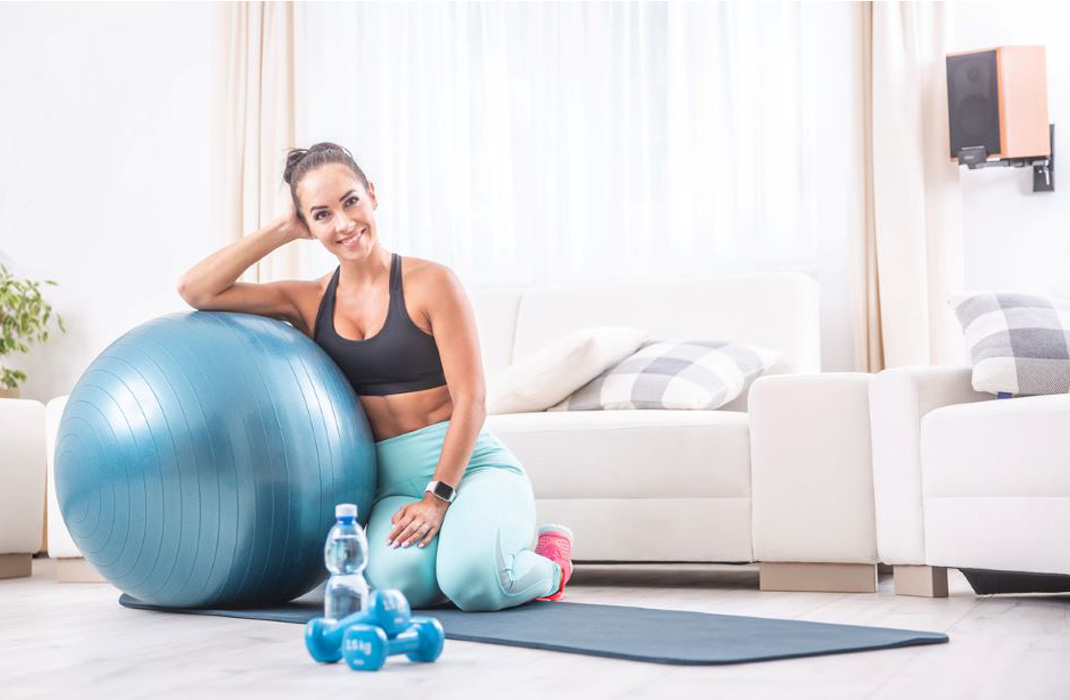-
- Find Care
-
- Visitor Information
- Find a Location
- Shuttles
- Visitor Policies
-
-
-
- Our Virtual Care Options
- Virtual Urgent Care
- Virtual Visits for Primary & Specialty Care
- Online Second Opinions
- Participate in Research
-
- Contact us
-
- For Innovators
- Commercialization Guide for Innovators
-
-
- Research News
- Alzheimer's Disease
- Artificial Intelligence
-
- Overview
-
- Overview
- Getting Started
- New to Mass General Brigham
- International Patient Care
- What Is Patient Gateway?
- Planning Your Visit
- Find a Doctor (opens link in new tab)
- Appointments
- Patient Resources
- Health & Wellness
- Flu, COVID-19, & RSV
- Billing & Insurance
- Financial Assistance
- Medicare and MassHealth ACOs
- Participate in Research
- Educational Resources
- Visitor Information
- Find a Location
- Shuttles
- Visitor Policies
- Find Care
-
- Overview
- Our Virtual Care Options
- Virtual Urgent Care
- Virtual Visits for Primary & Specialty Care
- Online Second Opinions
-
- Overview
- Participate in Research
-
- Overview
- About Innovation
- About
- Team
- News
- For Industry
- Venture Capital and Investments
- World Medical Innovation Forum (opens link in new tab)
- Featured Licensing Opportunities
- For Innovators
- Commercialization Guide for Innovators
- Contact us
-
- Overview
- Information for Researchers
- Compliance Office
- Research Cores
- Clinical Trials
- Advisory Services
- Featured Research
- Two Centuries of Breakthroughs
- Advances in Motion (opens link in new tab)
- Brigham on a Mission (opens link in new tab)
- Gene and Cell Therapy Institute
- Research News
- Alzheimer's Disease
- Artificial Intelligence
-
- Overview
-
- Overview
- Residency & fellowship programs
- Brigham and Women's Hospital
- Massachusetts General Hospital
- Mass Eye and Ear
- Newton-Wellesley Hospital
- Salem Hospital
- Integrated Mass General Brigham Programs
- Centers of Expertise
- Global & Community Health
- Health Policy & Management
- Healthcare Quality & Patient Safey
- Medical Education
- For trainees
- Prospective trainees
- Incoming trainees
- Current trainees
- Continuing Professional Development
Pelvic Floor Training to Improve Athletic Performance

The demands of every sport are different, but one thing that is integral to athletic performance is your core and pelvic floor strength.
Your pelvic floor muscles are part of your core and contribute to your overall core strength and stability.
“The core can be thought of as an anatomical box composed of numerous muscle groups, including the abdominals in the front, the paraspinal and gluteal muscles in back, the diaphragm at the top, and the hip girdle and pelvic floor muscles at the bottom,” explains Jennifer Hopp, MD, a Mass General Brigham sports medicine doctor.
Dr. Hopp leads the Women’s Sports Medicine Program at the Wentworth-Douglass Hospital Portsmouth Outpatient Center. She explains where the pelvic floor is located and how athletes can strengthen their pelvic floor to improve their athletic performance.
Where is the pelvic floor located?
The pelvic floor isted at the base of your pelvis. It creates a hammock to support your abdominal cavity by connecting from your pubic bone to your tailbone.
How can strengthening your pelvic floor improve athletic performance?
Athletes who strengthen their pelvic floor muscles can improve several parts of their overall athletic performance.
These muscles help:
Improve strength
Strengthening your pelvic floor will increase your strength and lumbopelvic stability, which allows for improved coordination and power through your upper and lower extremities.
Higher core and spinal stability provide a more stable base, which allows the force generated by the upper or lower extremity muscles to efficiently transform into work. When the core is unstable, it will absorb the force generated. This means less force transforms into work.
“Research has shown that baseball pitchers with better lumbopelvic control demonstrated better accuracy and endurance, or innings pitch,” says Dr. Hopp. “Other research has proven that improved core strength can improve swing stability and velocity of golf clubs, tennis rackets, or bats.”
Improve response time
Increased core stability leads to improved postural control which decreases the time it takes to:
- Change position
- Change direction
- Respond to opponent’s actions
Manage intra-abdominal pressure changes
During impact activities, the pelvic floor muscles and abdominal muscles contract to stabilize the torso during movements such as jumping. The pelvic floor helps manage the impact and pressure changes for improved power with jumping and more stability with landing.
Improve breathing mechanics
The pelvic floor muscles also work in tandem with the diaphragm and can aid in endurance and recovery by improving breathing mechanics.
Decrease the risk of injuries
Research has shown that increased core strength and pelvic floor strength can decrease the risk of injury in athletes.
One study showed that baseball pitchers with less core control and increased pelvic mobility were 3 times more likely to miss at least 30 days than those pitchers demonstrating lower amounts of lumbopelvic motion. Research has also found an association between core weakness and hip muscle strength imbalance with lower back injuries and knee injuries in female athletes.
“If you are having difficulty with activating or using these muscles, you can see a pelvic floor physical therapist who can create a program specifically for your needs,” says Dr. Hopp.
